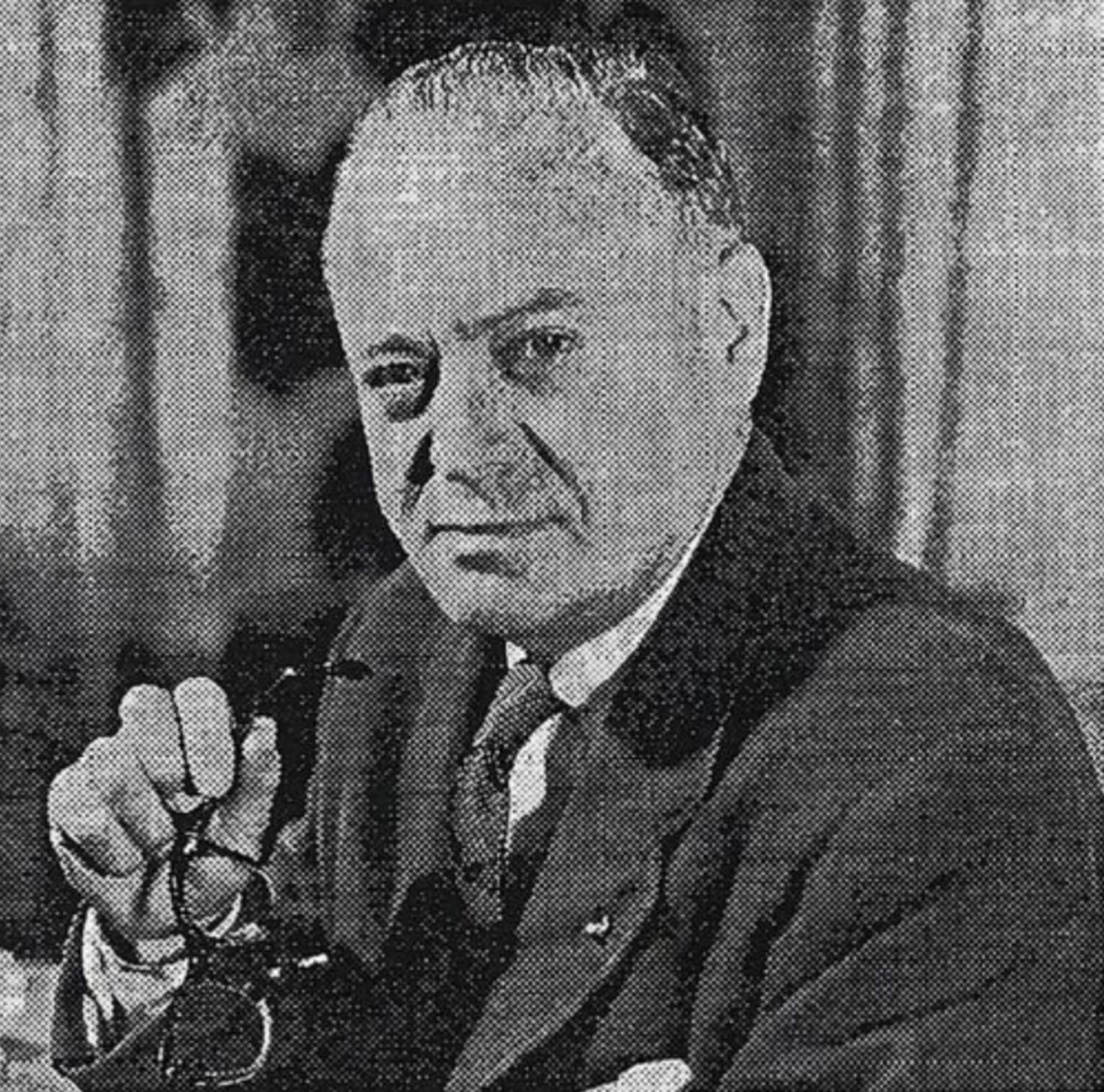Styles Bridges
| Styles Bridges | |
|---|---|
 |
|
| Senate Republican Policy Committee Chairman | |
|
In office January 3, 1955 – November 26, 1961 |
|
| Preceded by | Homer S. Ferguson |
| Succeeded by | Bourke B. Hickenlooper |
| President pro tempore of the United States Senate | |
|
In office January 3, 1953 – January 3, 1955 |
|
| Preceded by | Kenneth McKellar |
| Succeeded by | Walter F. George |
| Senate Minority Leader | |
|
In office January 8, 1952 – January 3, 1953 |
|
| Deputy | Leverett Saltonstall (whip) |
| Preceded by | Kenneth S. Wherry |
| Succeeded by | Lyndon B. Johnson |
| Chairman of the Senate Appropriations Committee | |
|
In office January 3, 1953 – January 3, 1955 |
|
| Preceded by | Kenneth D. McKellar |
| Succeeded by | Carl Hayden |
|
In office January 3, 1947 – January 3, 1949 |
|
| Preceded by | Kenneth D. McKellar |
| Succeeded by | Kenneth D. McKellar |
|
United States Senator from New Hampshire |
|
|
In office January 3, 1937 – November 26, 1961 |
|
| Preceded by | Henry W. Keyes |
| Succeeded by | Maurice J. Murphy, Jr. |
| 63rd Governor of New Hampshire | |
|
In office January 3, 1935 – January 3, 1937 |
|
| Preceded by | John G. Winant |
| Succeeded by | Francis P. Murphy |
| Personal details | |
| Born |
Henry Styles Bridges September 9, 1898 Pembroke, Maine |
| Died | November 26, 1961 (aged 63) Concord, New Hampshire |
| Nationality | American |
| Political party | Republican |
| Spouse(s) | (1) Sally Clement (2) Doloris Thauwald |
Henry Styles Bridges (September 9, 1898 – November 26, 1961) was an American teacher, editor, and Republican Party politician from Concord, New Hampshire. He served one term as the 63rd Governor of New Hampshire before a twenty-four-year career in the United States Senate.
Bridges was born in West Pembroke, Maine, the son of Alina Roxanna (Fisher) and Earle Leopold Bridges. He attended the public schools in Maine. Bridges attended the University of Maine at Orono until 1918. From 1918 he held a variety of jobs, including teaching, newspaper editing, business and state government. He was an instructor at Sanderson Academy, Ashfield, Massachusetts from 1918 to 1919. He was a member of the extension staff of the University of New Hampshire at Durham from 1921 until 1922. He was the secretary of the New Hampshire Farm Bureau Federation from 1922 until 1923, and the editor of the Granite Monthly Magazine from 1924 until 1926. Meanwhile, He was the director and secretary of the New Hampshire Investment Corporation from 1924 until 1929. He was then a member of the New Hampshire Public Service Commission from 1930 until 1934.
Bridges ran for governor of New Hampshire in 1934, and won, becoming the nation's youngest governor at the time, according to John Gunther's book, Inside U.S.A. He was elected to the United States Senate in 1936, and would serve until his death in 1961. In 1937 he retired from the Army Reserve Corps, in which he had served as a Lieutenant since 1925. In 1940 he attempted to win the Republican nomination for President; the nomination was eventually won by Wendell Willkie. That same year, Bridges also received two delegates for the Republican vice presidential nomination, which eventually went to Charles L. McNary. Bridges broke his hip on New Year's Eve 1941, and missed several months of the next Senate session.
...
Wikipedia
